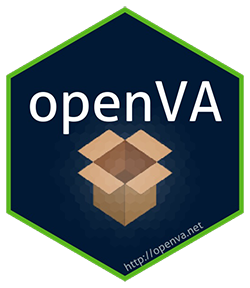The openVA Team focuses on improving computer-based approaches to cause ascertainment using verbal autopsy data. This includes:
- developing new statistical/computational algorithms for cause classification,
- improving the symptom-cause information available for algorithmic cause assignment,
- supporting work on global standards for the VA instrument and symptom-cause information,
- developing machine learning/artificial intelligence approaches to cause classification,
- building training data resources for machine learning/artificial intelligence cause classification, and
- supporting work to bring pathology-based information into automated cause classification procedures using information from minimally-invasive tissue sampling.
